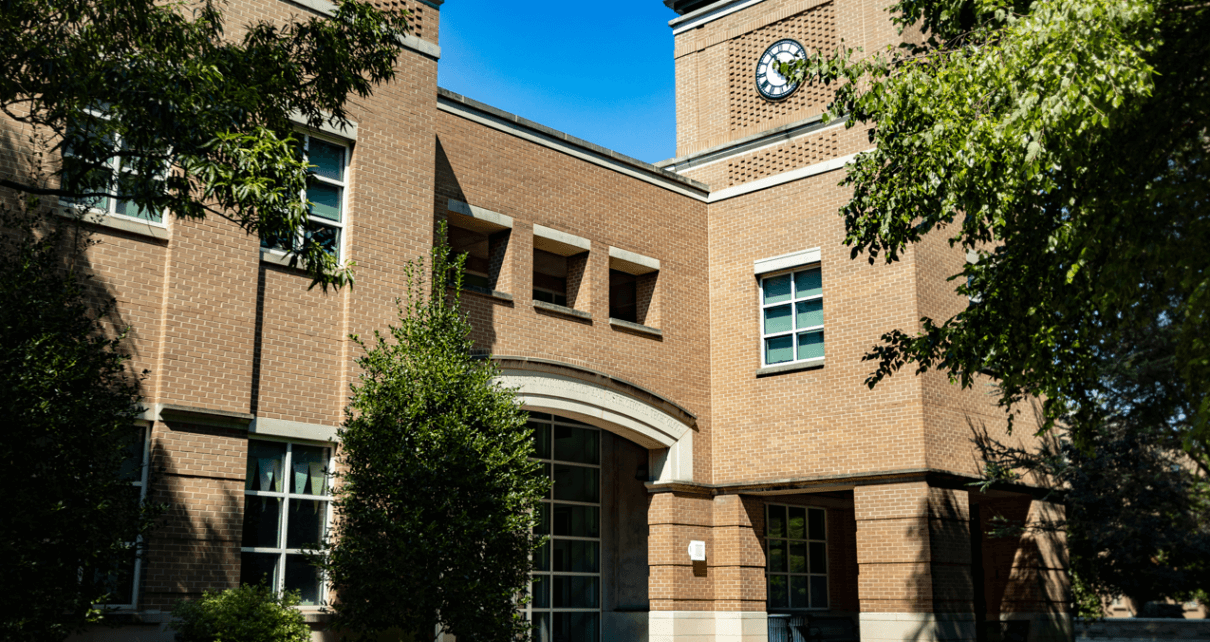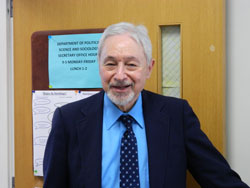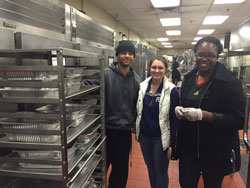Monmouth University’s Communication Department recently shifted focus, expanding its sports media emphasis in its two concentrations journalism & public relations and media studies & production.
The journalism & public relations concentration will be journalism, public relations, & sports communication whereas the media studies & production will be media, content creation, & sports. Additionally, the communication culture and leadership concentration will not undergo the shift to focus on sports. This expansion is set to align Monmouth with the growing sports industry and provide students with the skill sets and experiences to break into this field.
These changes are presently being implemented, and the current freshman class will graduate with the new concentration titles in their degree by 2028. Deanna Shoemaker, Ph.D., Chair of the Department of Communication, elaborated, “Some transfer students or lower level Communication majors who decided to switch to the new concentrations could have the concentration appear on their degree in 2025, but more likely starting in 2026.”
The Communication Department has offered sports-centered classes, such as Sports Public Relations, and Sports Journalism, and a Sports Communication minor for almost a decade. However, this new curriculum integrates sports-focused classes directly into the concentrations. Shoemaker explained, “We already have quite a few sports-centered courses, and based on growing interest, we wanted to make these courses focused on broadcasting and sports PR [and Journalism] more visible across two concentrations.”
Matthew Harmon, Ed.D., Specialist Communication Professor, pointed out that the Communication Department is aiming to give students a competitive advantage in the job market. He said, “Sports is an amazing teaching ground for a lot of what we have already incorporated into the Department of Communication. I think it will be even easier for students to get involved based on the idea that it is part of two of our concentrations.”
The program’s expansion is designed to attract students with an interest in sports media while capitalizing on, what the faculty feels, is the prime location of Monmouth situated between New York City and Philadelphia, both major media markets. Professor Harmon said, “Ultimately, I think it’ll be good for Monmouth because we have so many resources on campus already with the connections between the academic side of things and athletics. We have an amazing club on campus, and I advise it: Sports Industry Club.”
Monmouth Athletics staff are also on board with the shift in curriculum towards sports. Kelly Valentine, Associate Athletics Director for Marketing & Promotions, said, “The shift in curriculum is a great opportunity to bring in more guest speakers and help students gain connections in the industry. It’s important to offer a widespread amount of classes. I mean, if you’re going to go all in, go all in.”
Current communication students seem to have mixed opinions about the curriculum shift. Bailey Fredericks, a senior communication major in journalism & public relations, said, “If [the Communication Department is] requiring students to attend classes that focus specifically on sports, when a student may have no interest at all in that field, I think that could make a student feel like they are wasting there time. However, if students have the option to take a class focused on sports, when that is something they want to pursure in the future, than I think that is a great thing!”
John Morano, Professor of Journalism explained, “[The new concentrations] would be a problem if students were required to take sports courses in their concentrations, but no one is requiring that. The sports focus is merely an option for students who want to pursue that focus.”
Beyonce Carranza, a senior Communication major in media studies & production, said, “I do think that these changes will make graduates more competitive in the job market because they will have more experience under their belt. The new sports addition will widen the lens of production across what the current communication students know, which currently concerns itself with news and entertainment. As it is now, any communication students that are interested in sports usually have to look for electives or work campus jobs in sports such as with the Monmouth Digital Network or Athletics Marketing. Having changes that will include sports in class curriculums will make it easier for students to have access to the world of sports without having to learn about it solely through work.”
Harmon concluded, “I’ve always made the argument that I think sports is a tremendous teaching ground for so many different subjects, whether it’s journalism, public relations, or even societal issues like race, gender, and religion. I think it will be a really good thing moving forward.”




